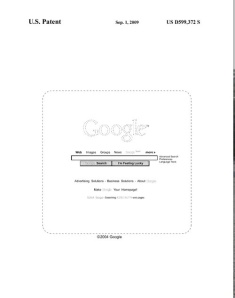Intel Corporation has introduced several high-performance desktop and server processors today, bringing the next level of integration and intelligence to computers.
The new Intel Core i5 processor series, two new Intel Core i7 processors and the Intel Xeon processor 3400 series bring Intel’s latest Nehalem microarchitecture to mainstream desktop and entry server markets.
Formerly codenamed “Lynnfield”, these new chips are based on Intel’s Nehalem microarchitecture and are designed for consumers who need top-notch performance for digital media, productivity, gaming and other demanding applications. These processors, along with the new Intel P55 Express Chipset, are available today.
All processors are lead- and halogen-free and feature Intel Exclusive Turbo Boost Technology. The top-of-the-line Core i7 processors also support Intel Hyper-Threading Technology
The new chipset brings the most revolutionary design changes since the invention of the PCI bus in the early 1990s and sets the stage for Intel’s forthcoming 2010 compute platform. The Intel P55 Express Chipset will be the baseline building block component for motherboards worldwide, delivering new levels of performance and scalability for everyone from the retail buyer to the technically savvy do-it-yourselfer.
The new Core i7 and i5 processors are the first Intel processors to integrate both a 16-lane PCI Express 2 graphics port and two-channel memory controller, enabling all input/output and manageability functions to be handled by the single-chip Intel P55 Express Chipset. Previous Intel chipsets required two separate chips. A new Direct Media Interface (DMI) connects between the processor and chipset. The chipset supports 8 PCI Express 2.0 x1 Ports (2.5GT/s) for flexible device support. Dual graphics cards are supported in a “2×8” configuration. The chipset also supports 6 SATA 3 Gb/s Ports with Intel Matrix Storage Technology providing RAID levels 0/1/5/10. Up to 14 USB 2.0 Ports can be supported with the chipset’s integrated USB 2.0 Rate Matching Hub, along with Intel High Definition Audio for premium digital sound. The new processors are the first to be supported by the new Land Grid Array (LGA) 1156 package and socket technology.
Intel has also announced the Uber Gamer Championship in association with Zapak to mark the launch of the new Core i5 and i7 processors. The championship starting on the 11th of September will see India’s best gamers play knock out games of NFS Most Wanted, Crysis and FIFA 09. Click here for more details.











